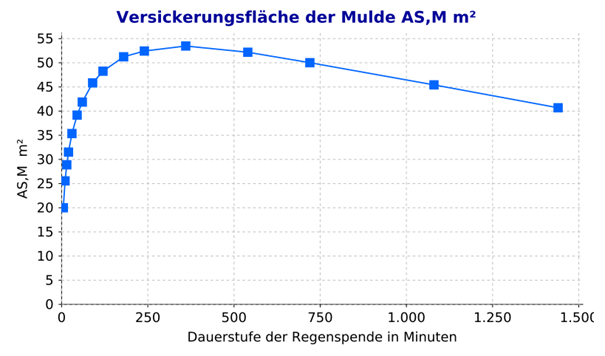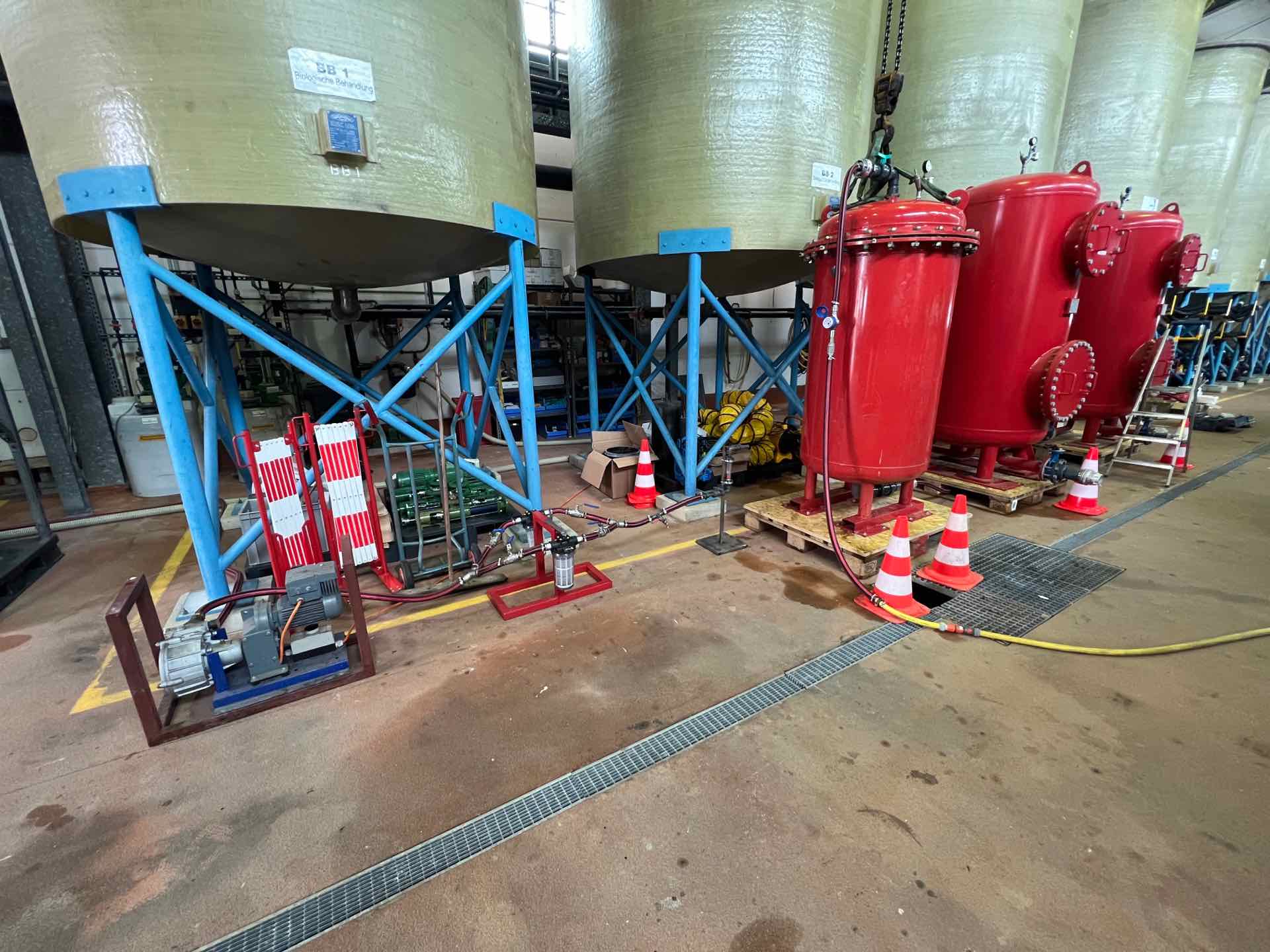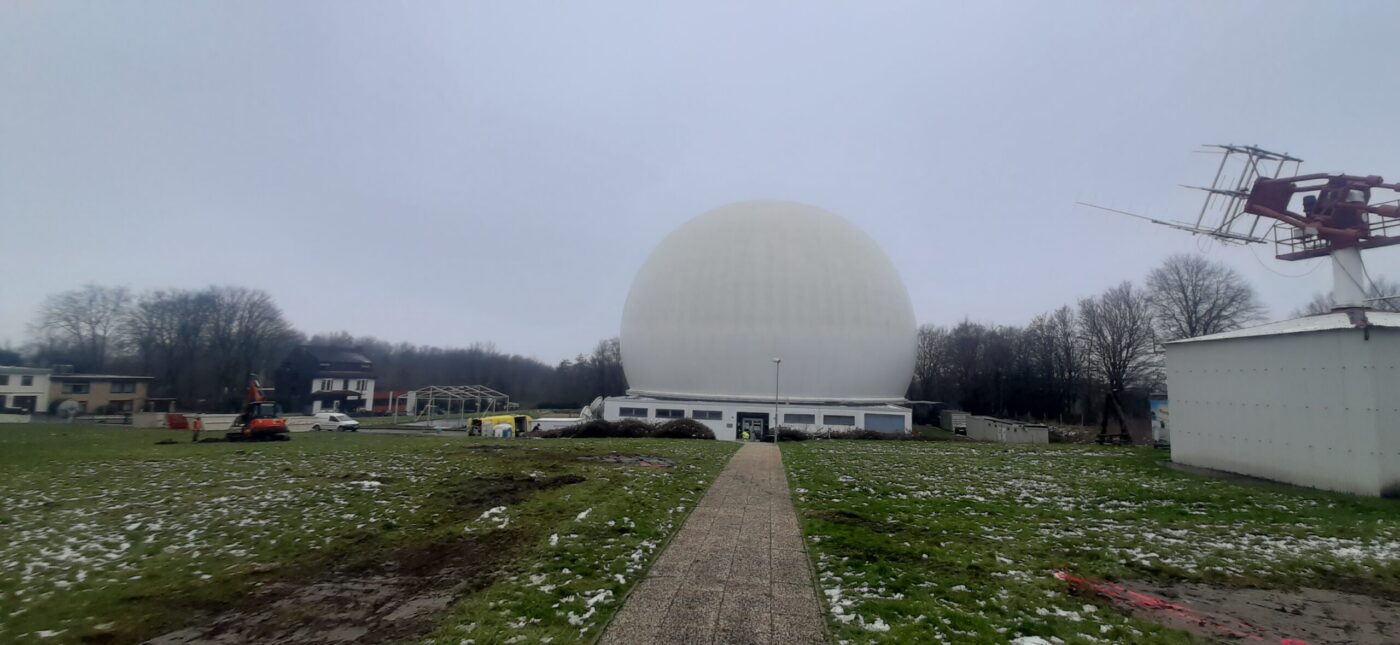Deutsche Bahn is planning to extend the line between Groningen (Netherlands) and Bremen. This approximately 173 kilometre long line - also known as the "Wunderline" - connects northern Germany with the north of the Netherlands, of which approximately 124 kilometres are on the German side. The planned extension of the line is intended to provide a faster and more comfortable connection between the two cities of Bremen and Groningen, with a significant reduction in journey time.
Mull und Partner Ingenieurgesellschaft mbH, Osnabrück site, has been awarded the contract for the pedological construction supervision (BBB) of the first construction phase. The first construction phase is divided into a total of three planning approval sections (see Figure 1) and comprises the two routes 1575 and 2931, running from the Dutch border via the towns of Bunde and Weener to Ihrhove. The construction measures (including preparatory and follow-up work) for the first construction phase will be carried out between autumn 2023 and probably the end of 2024.
With the Mantelverordnung, which comes into force on 01.08.2023, the competent authority can, in accordance with Section 4 of the BBodSchV, require the commissioning of a pedological construction supervision in accordance with DIN 19639 in individual cases for projects in which materials are placed on or in the rootable soil layer over an area of more than 3,000 square metres. Deutsche Bahn AG is thus implementing the new legal framework for soil protection for the "Wunderline" extension line.
The overarching aim of soil monitoring is to sustainably safeguard the (natural) soil functions in accordance with the BBodSchV or to restore them after the end of construction. To enable the construction companies to implement the soil protection measures on site, we as BBB prepare a construction site data sheet including instruction on the necessary soil protection measures. Regular site inspections are carried out during the construction phase. In the course of these inspections, we continuously check whether the soil protection objectives are being achieved or whether further measures need to be verified. Following the construction work, the areas affected are restored and recultivated in consultation with the soil monitoring team. In addition to the soil monitoring during the construction phase, investigations to record the chemical and physical condition of the soil are to be carried out at the beginning and after the construction work. In addition to the findings on the condition before and after the construction work, the investigations also provide in-depth information on the soil structure so that the soil protection measures can be further specified if necessary.







